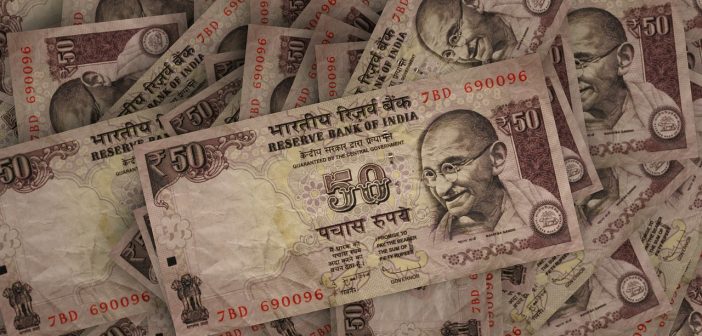India’s financial landscape is rapidly changing, with digitalization opening doors to a multitude of saving options. One question often pops up: how many savings accounts does an individual actually need? While there’s no one-size-fits-all answer, weighing the pros and cons can help you navigate the decision and optimize your financial health.
The Allure of Multiple Accounts:
1. Segregating Goals: Multiple accounts allow you to compartmentalize savings for different goals. A dedicated emergency fund account, separate from your vacation saving account, ensures clear boundaries and prevents dipping into crucial reserves for non-essential expenses.
2. Maximizing Interest Rates: Different banks offer varying interest rates. Holding accounts across banks allows you to take advantage of higher rates offered for specific categories like senior citizens or specific deposit amounts.
3. Tailored Features: Certain banks cater to specific needs, offering accounts with benefits like free travel insurance, airport lounge access, or cashback on specific spends. Having multiple accounts can tap into these diverse benefits based on your spending habits.
4. Convenience and Accessibility: Holding accounts closer to your workplace or residence might come in handy for easy deposit or withdrawal needs. It could also be beneficial for individuals maintaining NRI status with accounts in both India and their residing country.
The Flip Side of Convenience:
1. Management Burden: Juggling multiple accounts requires increased vigilance, tracking balances, remembering login details, and managing fees across different platforms. This can be time-consuming and overwhelming, especially for those less tech-savvy.
2. Minimum Balance Requirements: Many accounts have minimum balance requirements. Maintaining minimum balances across multiple accounts can tie up a significant portion of your funds, limiting your financial flexibility.
3. Hidden Fees: Not all accounts are created equal. Be wary of hidden fees like inactivity charges, transaction fees, or annual maintenance charges. These can quickly erode your savings, especially if spread across multiple accounts.
4. Security Concerns: Managing login credentials and remembering details for multiple accounts increases the risk of fraud or data breaches. It’s crucial to practice strong cyber hygiene and choose banks with robust security measures.
Finding the Sweet Spot:
The optimal number of savings accounts depends on several factors, including your financial goals, income, tech-savviness, and risk tolerance. Consider these approaches:
1. Minimalist Approach: For those new to managing finances or preferring simplicity, one high-interest savings account with no minimum balance requirement could suffice.
2. Focused Approach: Two accounts might be ideal – one for everyday expenses and another for specific goals like an emergency fund or a long-term investment.
3. Strategic Approach: For individuals with diverse needs, three or more accounts could be manageable, ensuring goal segregation, maximized interest rates, and access to specific benefits. However, meticulous tracking and budgeting become crucial.
Remember:
• Prioritize security: Choose reputable banks with robust security measures. • Avoid dormant accounts: Close unused accounts to minimize fees and simplify management. • Stay informed: Be aware of changing features, fees, and interest rates across your accounts. • Review regularly: Re-evaluate your needs and adjust your approach as your financial goals and circumstances evolve.
Deciding on the number of savings accounts is a personal choice. Understanding your priorities, weighing the pros and cons, and adopting a mindful approach will help you navigate the banking maze and optimize your financial journey. So, choose wisely, manage diligently, and let your savings accounts work towards fulfilling your financial dreams.






